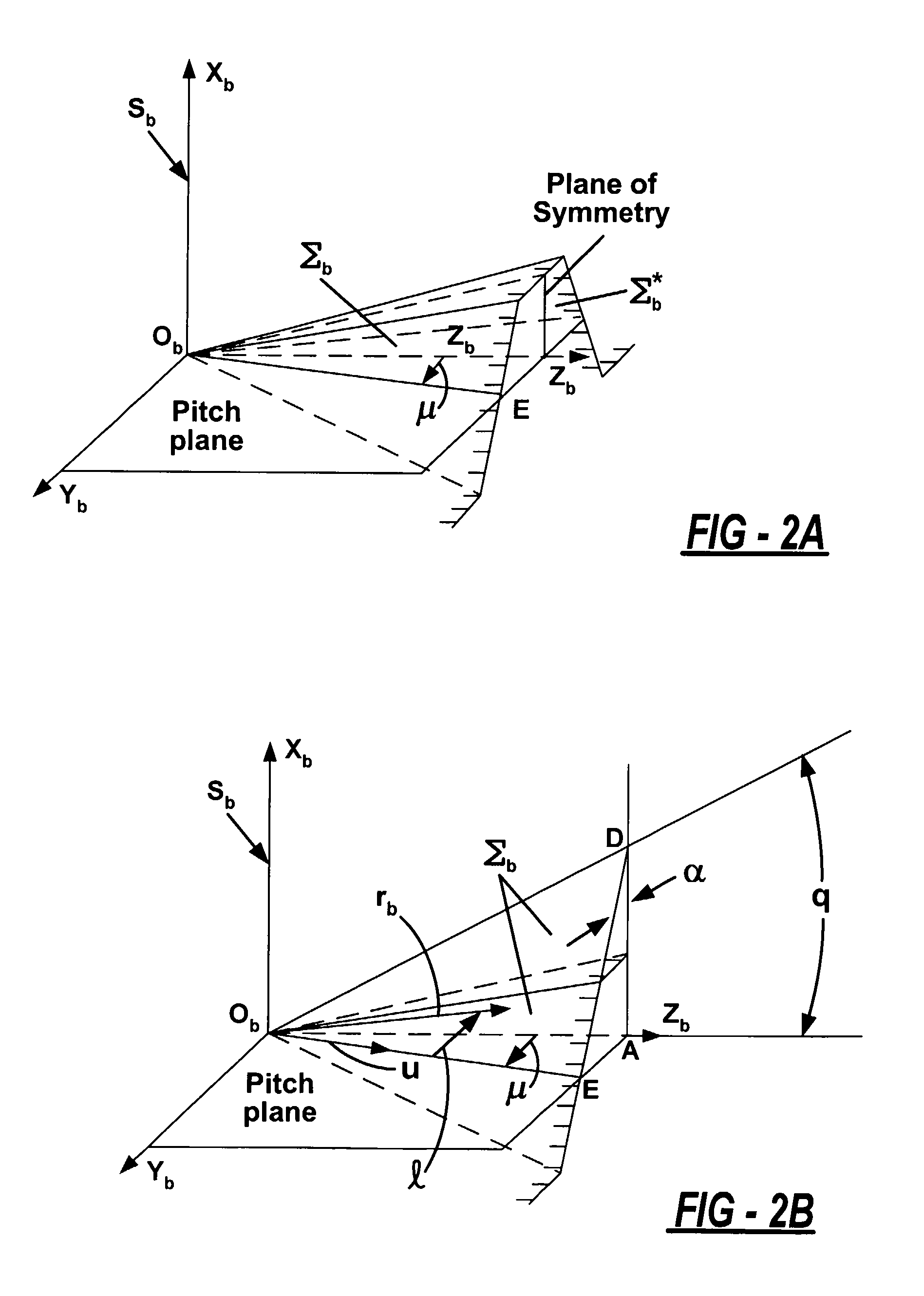Advanced geometry of skew and straight bevel gears produced by forging
a technology of skew and straight bevel gears, which is applied in the direction of hoisting equipment, transportation and packaging, and other domestic objects, can solve the problems of unfavorable cutting gear manufacturing, inevitable vibration and noise of gear drives, and the area of contact being transferred to the edges of teeth, so as to increase production costs and avoid the effect of costing
- Summary
- Abstract
- Description
- Claims
- Application Information
AI Technical Summary
Benefits of technology
Problems solved by technology
Method used
Image
Examples
first embodiment
[0034]In the first embodiment, shown in FIG. 8, the theoretical lines of contact on the tooth surface of the pinion and the gear are modified after generation of the tooth surfaces using the method described above. The family of theoretical lines of contact on the pinion or gear tooth surface is designated by L1. The modified line is designated as L1*. The deviation of L1* from L1 satisfies the following conditions: the magnitude of deviation is determined by a parabolic function wherein the deviation at point M is equal to zero, and it is accomplished along normal N to the tooth surface. The deviation described above creates a path of contact on the mating tooth surfaces consisting of a locus of points M, located in the center of the tooth surfaces, wherein the deviation is equal to zero. The actual contact is spread at each point over an elliptical area centered around the locus of points M due to elastic deformation of the mating tooth surfaces, as shown in FIG. 9.
second embodiment
[0035]In the second embodiment, localization of bearing contact is achieved using two crown gear generating surfaces that generate pinion and gear tooth surfaces separately. One of the generating surfaces is a plane and the other generating surface is a parabolic cylinder, as shown in FIG. 10. The two generating surfaces replace the generating surfaces Σb and Σ*b in FIGS. 2(a) and 2(b). The line of tangency of the parabolic cylinder and the plane is the path of contact on the generating surface. The gear and pinion are designed using the method described above wherein the generating parabolic cylinder generates, as it rotates, a parabolic tooth surface that localizes the bearing contact when the gear and pinion are meshed.
[0036]This advanced geometry enables the use of a pre-designed parabolic function that absorbs linear functions of transmission errors caused by misalignment. This transmission function φ2(φ1) is represented as the sum of a linear function and a parabolic function ...
PUM
| Property | Measurement | Unit |
|---|---|---|
| transmission error | aaaaa | aaaaa |
| transmission | aaaaa | aaaaa |
| pitch cone angle | aaaaa | aaaaa |
Abstract
Description
Claims
Application Information
 Login to View More
Login to View More - R&D
- Intellectual Property
- Life Sciences
- Materials
- Tech Scout
- Unparalleled Data Quality
- Higher Quality Content
- 60% Fewer Hallucinations
Browse by: Latest US Patents, China's latest patents, Technical Efficacy Thesaurus, Application Domain, Technology Topic, Popular Technical Reports.
© 2025 PatSnap. All rights reserved.Legal|Privacy policy|Modern Slavery Act Transparency Statement|Sitemap|About US| Contact US: help@patsnap.com



